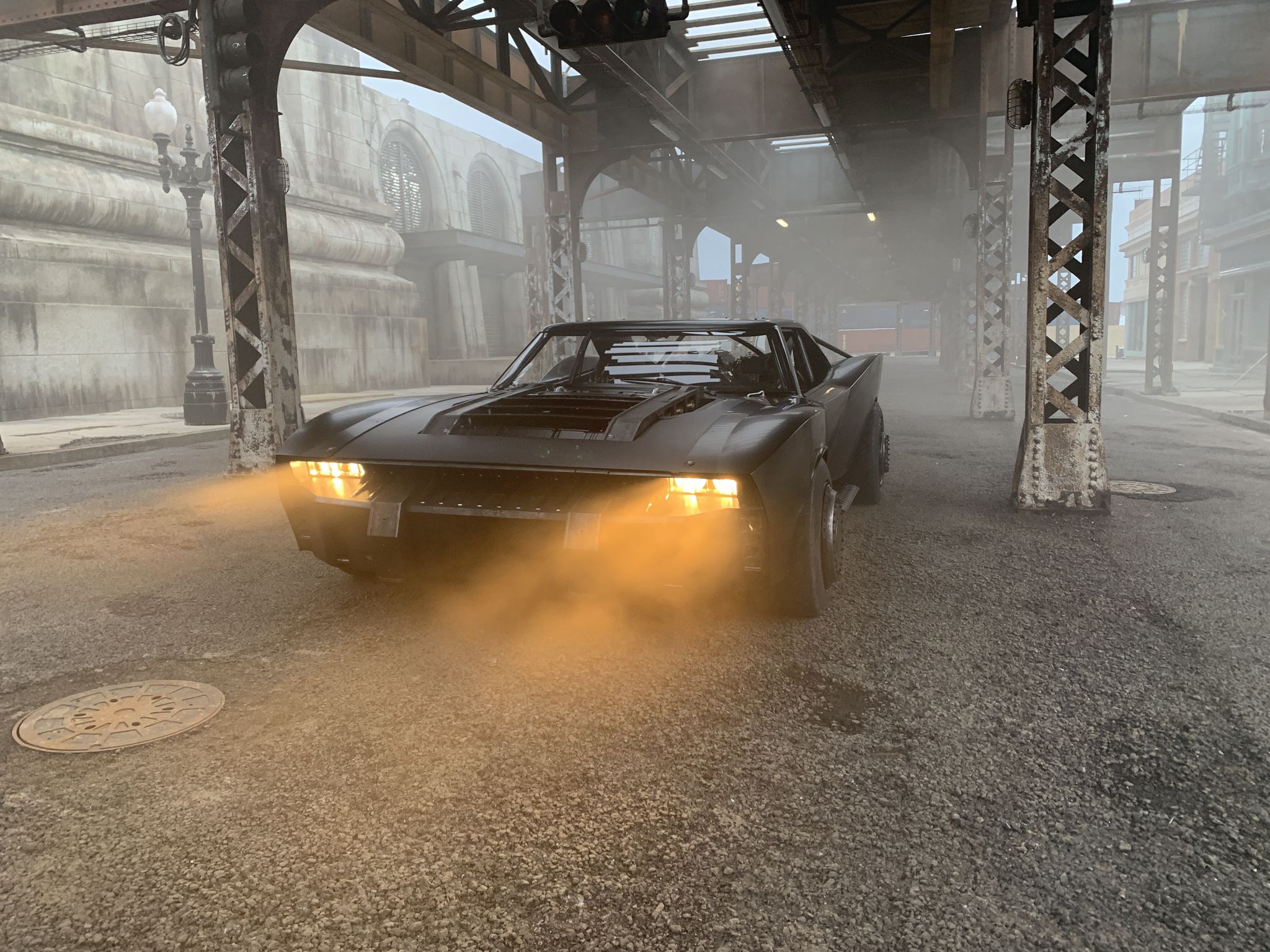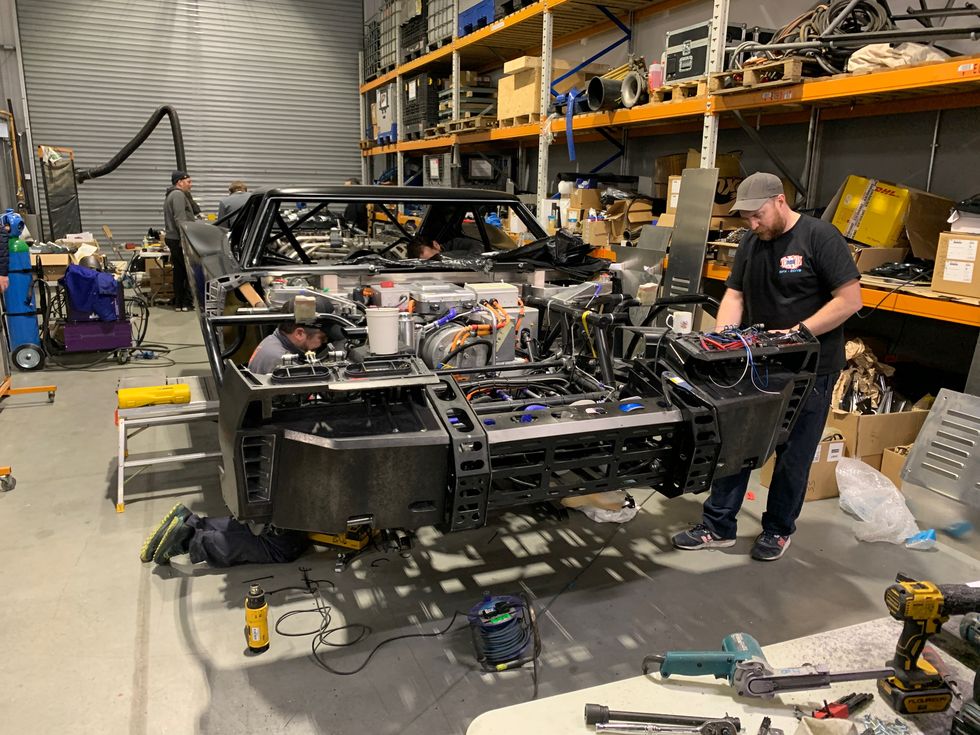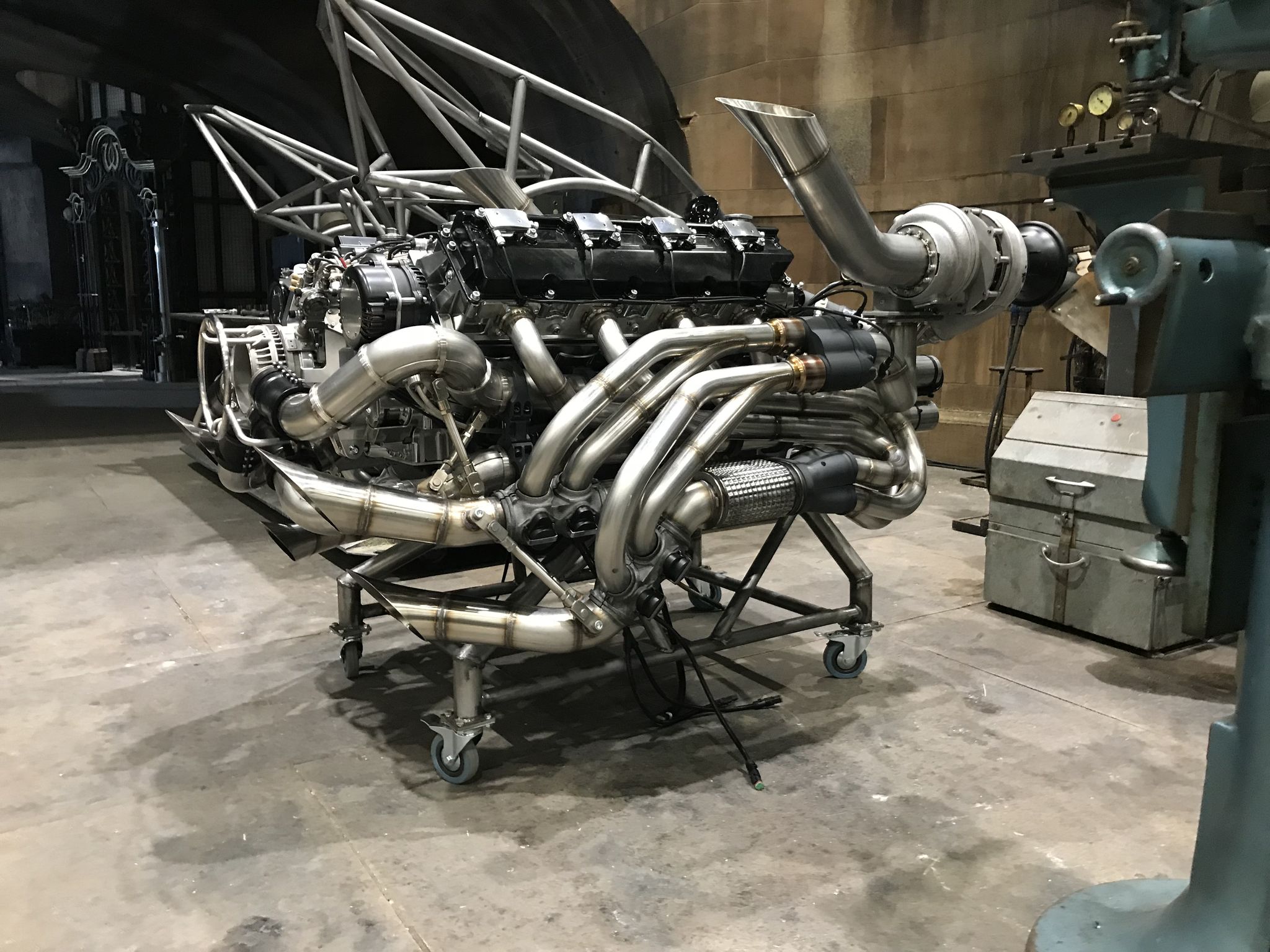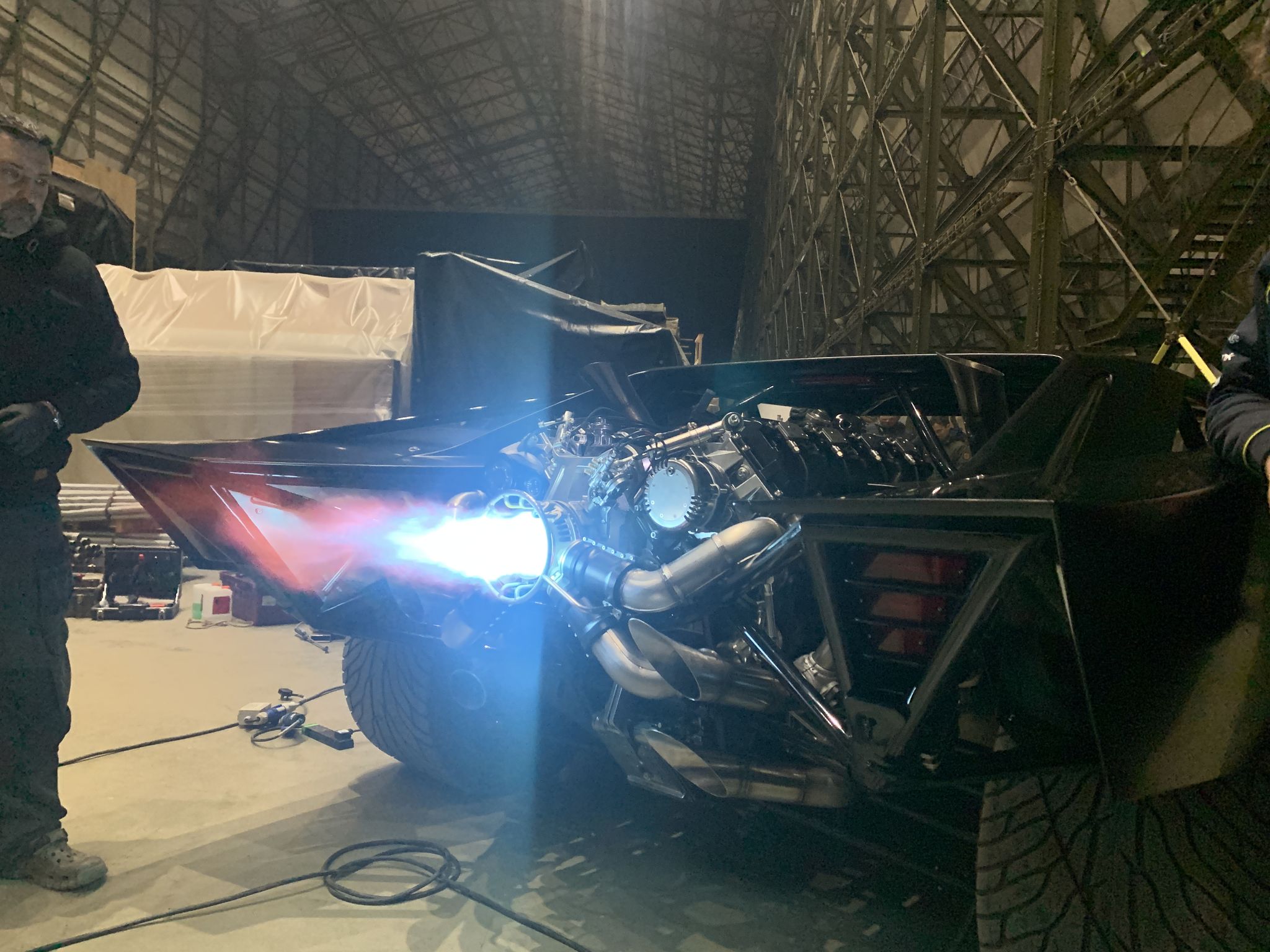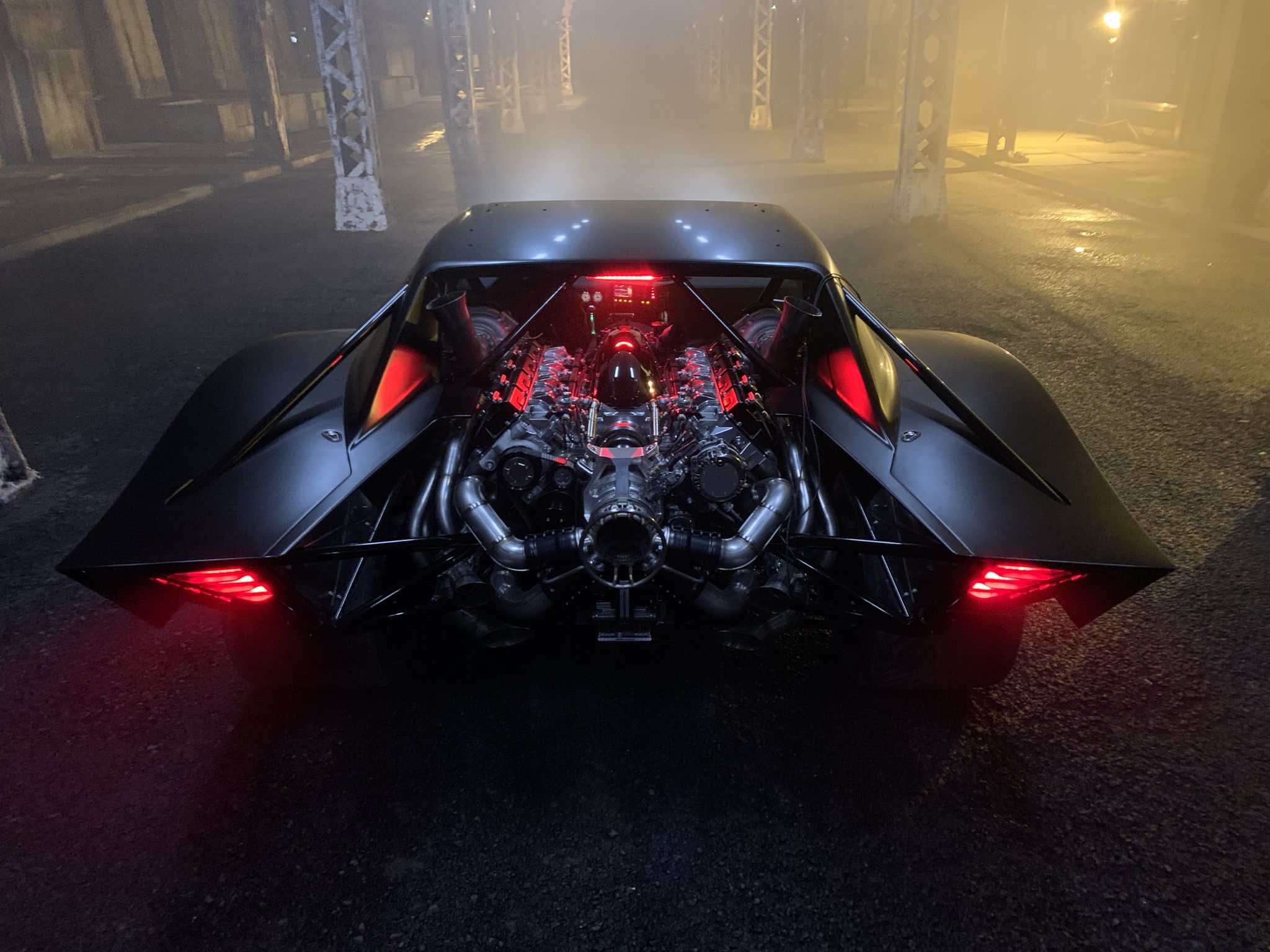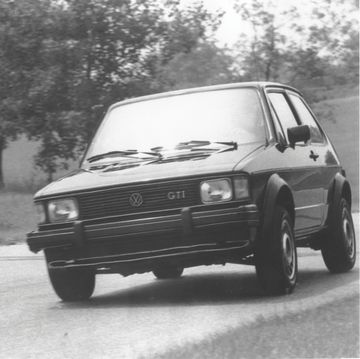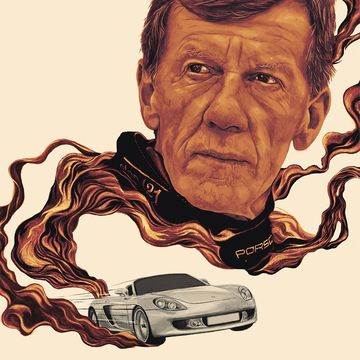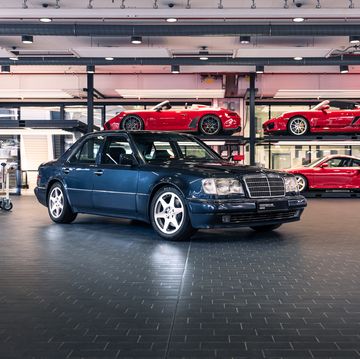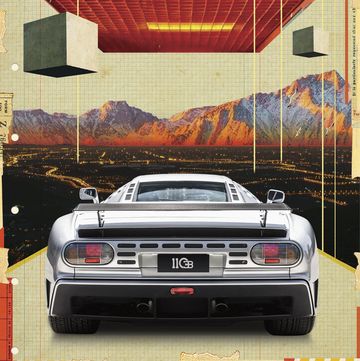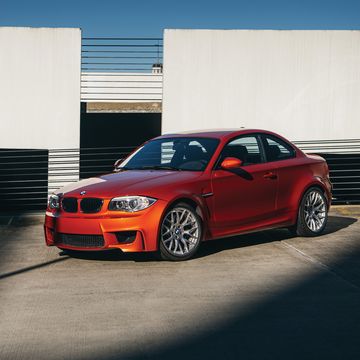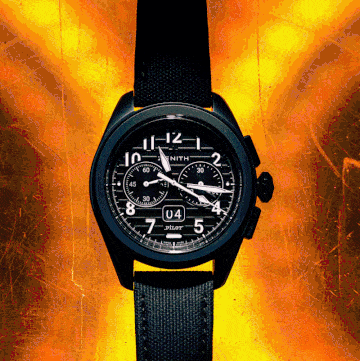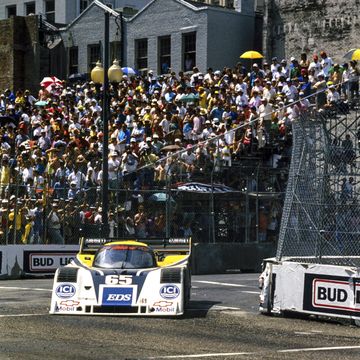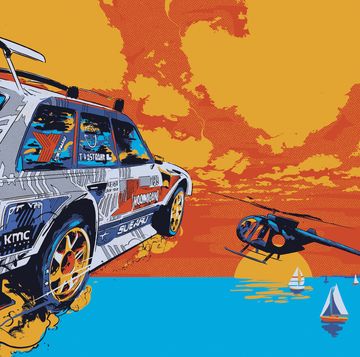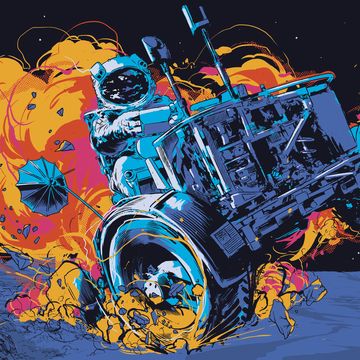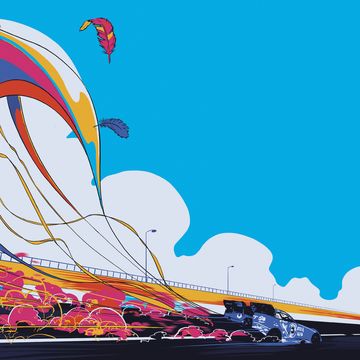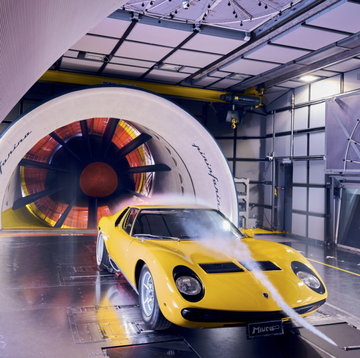Although we live in uncertain times, life has never been easier. Tap your phone a few times and a hamburger or a car can arrive at your door. Open your favorite streaming service and a buffet of fresh movies appears as if conjured by HarryPotter himself.
This story originally appeared in Volume 12 of Road & Track.
SIGN UP FOR THE TRACK CLUB BY R&T FOR MORE EXCLUSIVE STORIES
But computers don’t make those burgers, cars, or movies. People do. They still write scripts, aim cameras, build sets, rewrite scenes, pull out hairs, and create props. In the case of The Bat-man, the latest film in a media franchise that began as a comic in 1939, that prop is a car. The car. The Batmobile.
The Batmobile is an iconic character with a shape that changes with each director. Adam West drove an open-air Barris creation; Michael Keaton, a turbine-powered slipstream that could double as a spokesman for Magnum; Christian Bale, a flat-paneled machine called the Tumbler that looked like a DARPA dune buggy.
In the case of The Batman, the starring transportation looks very much like a car. As production designer James Chinlund explained, that was not only on purpose, it was a critical part of BruceWayne’s ethos: “Every Batman we’ve seen, he’s had the backing of Wayne Industries. We really wanted Bruce to build [this one] himself. We wanted it to be a car, not a tank.”
Chinlund designed something that’s part ’68 Charger, part dystopian Baja buggy. The front looks like a debt collector for the robot mafia. Out back, an exposed tubular chassis cradles a twin-turbo V-8. Chinlund wanted a hammer on four wheels, something you or I could create with a bit of time and access to a TIG welder.
Once the design was nearly finalized, it was time to build the car. Dominic Tuohy, a 38-year veteran of the special-effects industry who has won numerous awards, was handed the task. He had four months to build a vehicle that could be driven at speed, refueled in minutes, and equipped with an arsenal of lighting and pyrotechnic effects. Oh, and survive a 100-foot-long jump through fire. His team of fabricators, artists, and high-level motorsport technicians got to work.
Although the car had been 3D-modeled, Tuohy’s team was forced to adjust course during the building process. “There’s no point in having a wheel that looks beautiful in a wheel arch if it can’t turn and the suspension can’t work.” The first change: A rear-mounted engine wouldn’t work. Hanging a powerful engine behind the Bat-mobile’s rear axle would have made a 930 Turbo feel as stable as Mount Rushmore. That engine was replaced with a dummy unit constructed of plastic and aluminum, while a working 454 big-block was mounted up front.
The resulting complexity and capability of this vehicle are incredible. From a functional standpoint, the car had to be quick, durable, stable, and safe. The stunt crew needed selectable four-wheel drive, so a system was borrowed from WRC cars. Tuohy’s team, which includes former F1 engineers, built a chassis and cage strong enough to handle the stunts as well as, God forbid, an unplanned impact. A heavy-duty suspension with limiting straps worked to control the 6669-pound car. For the big jump sequence in the film, the team built a fourth car that weighed 2000 pounds less, with Fox shocks and nitrogen bump stops to take the impact. Some 24 jumps later, the car was fine.
The effects posed challenges too. The fake engine consists of more than 300 individual parts, each of which was milled, printed, bent, welded, or injection-molded. Despite the car’s size, there’s so little room inside its body that tanks for fuel and methanol (used for pyro effects) were hidden within the fake engine. Drive a Stadium Super Truck through Rammstein’s prop shop and you have the right idea.
In the cockpit, every gauge was milled by CNC machines and metal lathes. Custom seats were needed because the ones available off the shelf put Batman’s ears through the roof. Once the car was done, Tuohy’s team scuffed or polished surfaces to make sure they reflected light just right.
In four months, all four cars were ready to go. Tuohy says this Batmobile is the most complicated vehicle they’ve built, and while they used a lot of modern technology, it ultimately came down to the hands in the shop. “We made that all from people and their hands,” he says. “We were even rolling sheets of steel with an English wheel. It was real craftsmen doing the best they can.”
The next time you watch a movie that has practical vehicle stunts, even if the scene lasts only seconds, pause to appreciate what’s behind those plot pieces: tired minds and busted knuckles.

